You can contact LEARNZ, part of CORE Education, at:
Postal Address:
PO Box 13 678,
Christchurch 8141,
New Zealand

Watch Shelley's diary cam video.
Kia ora koutou,
The moment we have all been waiting for finally arrived today and you were able to begin your Antarctic adventure.
Checking in
You had to report early in the morning to the United States Antarctic Passenger Terminal to check in your luggage, present your passport and attend a briefing where you were shown a video of what to expect when you arrive on the ice. The departure lounge was full of excited people. Most of these people were wearing big red jackets which indicated that they were going to McMurdo Station, one of the American Antarctic bases which is close to New Zealand’s Scott Base. Your flight down to Antarctica was on a C17 Globemaster aircraft run by the United States Airforce. It was easy to spot the five other New Zealanders in the crowd as they had the black and orange coloured clothing supplied by Antarctica New Zealand.
Antarctic fashion
Yesterday you were kitted out with a whole wardrobe of specially designed Antarctica New Zealand clothing. You were given four different jackets, thermal and fleece tops and trousers and a selection of boots, gloves, hats, socks and goggles. You may have been wondering why you had to get on the plane wearing all this ECW (Extreme Cold Weather) clothing but as soon as you land in Antarctica you have to be prepared for the bitter cold.
Heading South
There was such a sense of anticipation as you headed out on to a bus that took you on to the Christchurch Airport runway so you could board the C17. These planes are enormous, can carry a huge amount of cargo and land on ice, which makes them perfect for Antarctica. You were lucky enough to be seated at the front of the aircraft but it was impossible to see out of the tiny window. There are only 4 windows on this plane so you had to sit back and wait until the plane had reached cruising altitude before you could leave your seat and take a look around. Thankfully you had been issued with ear plugs because these planes aren’t like quiet, comfortable passenger planes; the C17 is noisy, hot and there’s definitely no inflight service. The ambassadors did however enjoy the huge bag of lunch they were given before they boarded the aircraft!
A first glimpse of Antarctica
After a few hours of flying you caught your first glimpse of sea ice as you approached Antarctica. It was incredible to see the cracks in the ice and then the mountains of Victoria Land. You almost needed sunglasses just to look out the window. Frozen rivers of ice could be seen flowing out from the mountains into the sea ice. It is glaciers like these that make up ice shelves that float on the ocean. You will be finding out more about how these affect the ocean and sea ice in McMurdo Sound during this field trip. Cloud came and went and before you knew it you had been flying for over five hours. An announcement was made to fasten seat belts and the plane began a long descent towards Ross Island in McMurdo Sound. The landing on the ice shelf was amazingly smooth. Often flights can be delayed by bad weather or even sent back if there isn’t enough visibility to land so it was a relief to finally be in Antarctica.
At home at Scott Base
Everyone hurried to wriggle into their big jackets and grab hats, gloves and sunglasses ready to brave the -20 degree Celsius conditions. It was like entering a different world as you stepped out on to the ice and felt the sting of the cold wind. People looked like penguins as they waddled across the ice in their bulky jackets. You were met by a friendly American bus driver who led you towards a gigantic tractor-like bus made especially for travel on ice. A bumpy hour long drive brought you across the ice shelf onto the sea ice and then on to Ross Island where the New Zealand Antarctic base is located. The bus dropped you off before heading over the hill to McMurdo Station.
The welcoming green buildings of Scott Base will be your home for the next few days. The base is kept at a balmy 18 degrees so you were able to remove all your heavy clothing and change into normal clothes. After a quick meeting and tour of the base you were assigned a bunk room and given time to settle in. A hearty roast meal was served for dinner and it made me think about how lucky we are to be able to come to a place like Antarctica yet still have all the comforts of home. Scott Base couldn’t be more different from the huts that were used by the first explorers that came to Antarctica. You may want to find out more about these explorers, the expeditions they made and the hardships they suffered.
Constant daylight
It was hard to leave the lounge that looked out over the sea ice and wander off to bed. The view was stunning and the sun still shone brightly across the ice. The last sunset for the year happened last week and now the sun will not set for the rest of summer. Luckily every bunk room has shutters on the windows to block out the light so you can still sleep. It does take a bit of getting used to and I found myself losing track of time.
Field training
Your first few days in Antarctica were full of new experiences as you became familiar with your new surroundings. You completed Antarctic field training and learnt about what clothing to wear in different conditions, basic first aid and how to travel safely on sea ice. One of the highlights was getting your skidoo license and zooming across the ice. Safe routes across the ice have been marked out with flags and Scott Base staff regularly check the ice to make sure it is thick enough to drive or walk across. You learnt how to drill through the ice and measure its thickness so you could judge if it was safe to travel across.
Now you are ready to venture out across the sea ice to meet the K131 science team to see what they have been working on.
See you in the morning,
Shelley the LEARNZ Field Trip Teacher
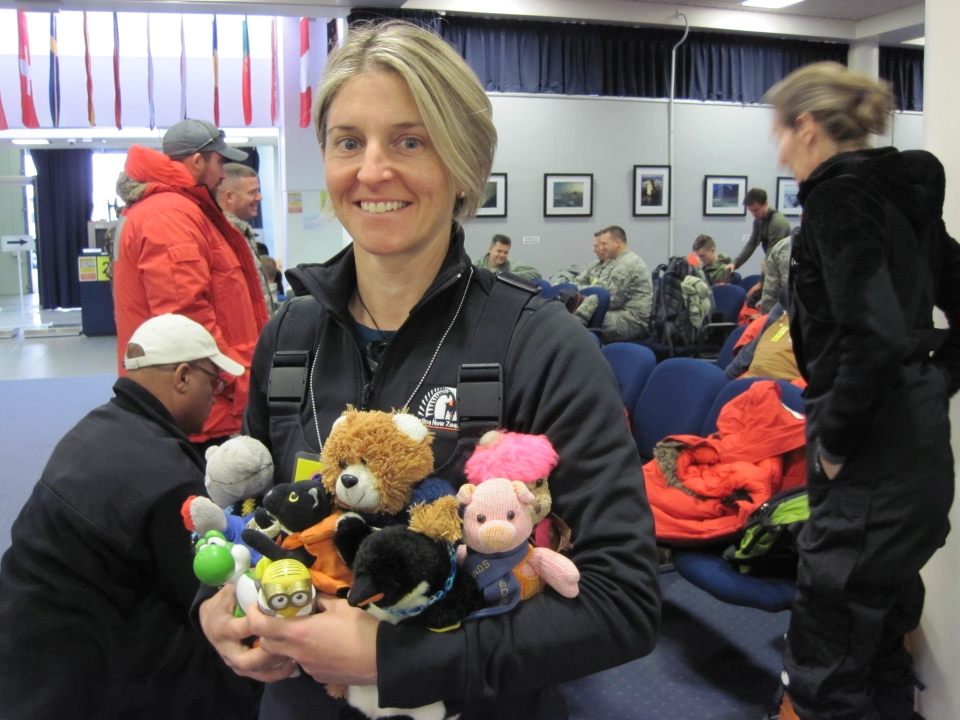
Shelley and the ambassadors check in at the United States Antarctic Passenger Terminal ready for their flight down to the ice. Image: LEARNZ.
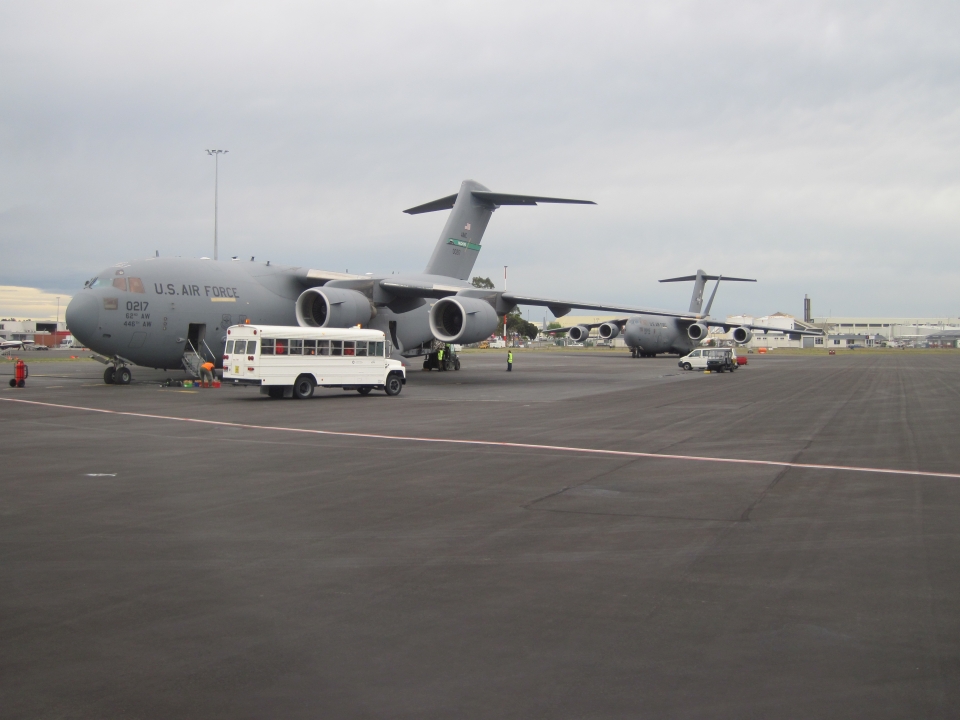
You had a short bus ride over to the enormous C17 Globemaster aircraft which will take you down to Antarctica. Image: LEARNZ.
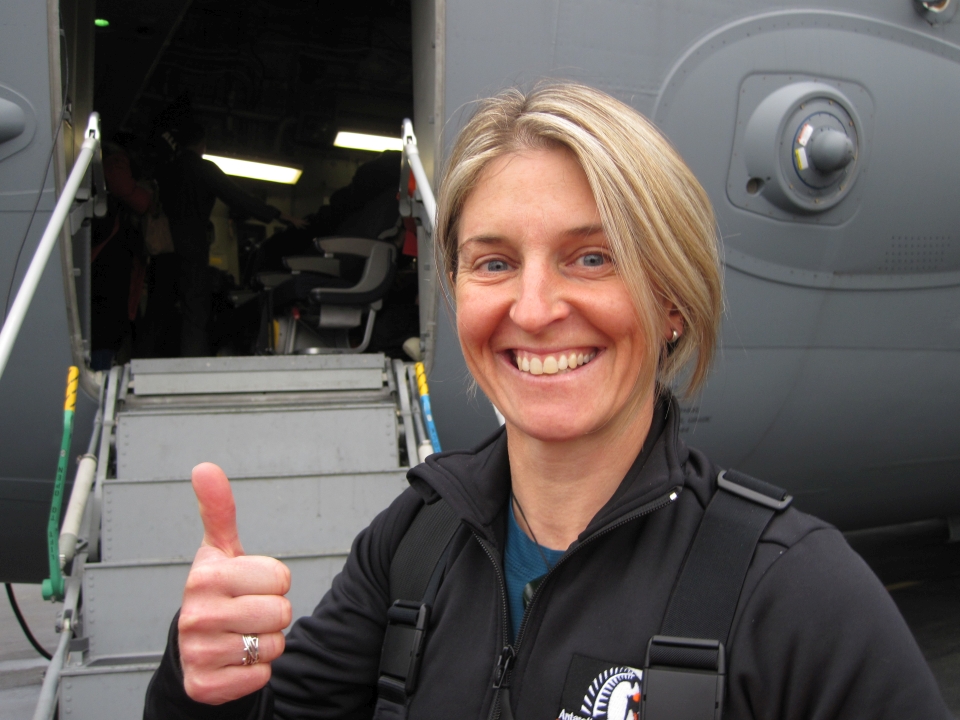
Shelley is super excited about flying down to Antarctica and can't wait to board the C17.
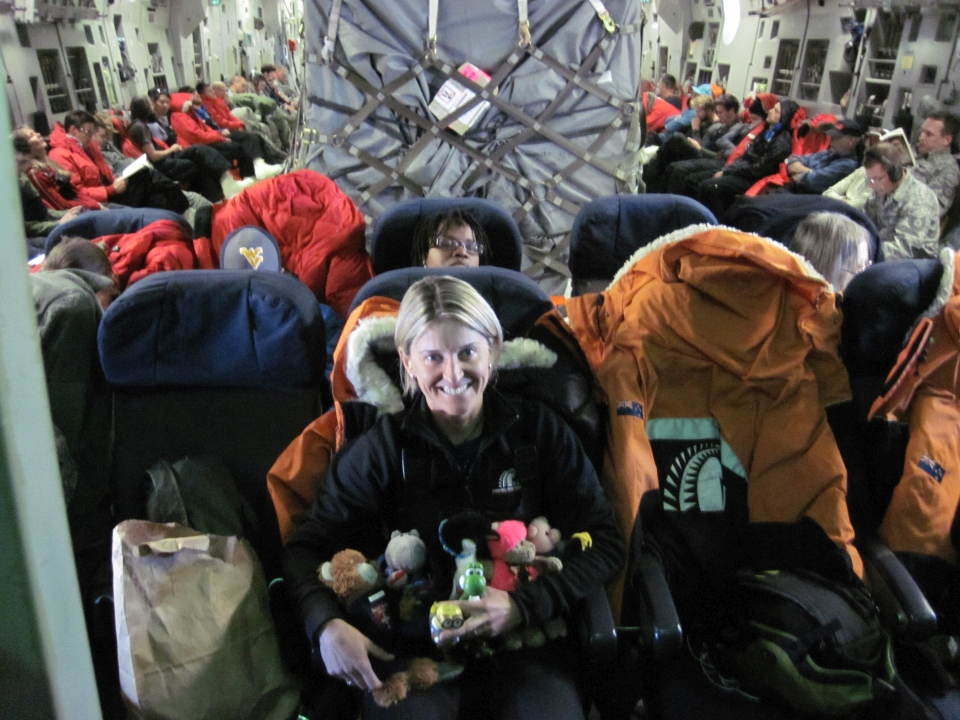
Shelley and the ambassadors settle in for the five hour flight down to the ice. Do you know how many kilometres it is from Christchurch to Scott Base on Ross Island in Antarctica? Image: LEARNZ.
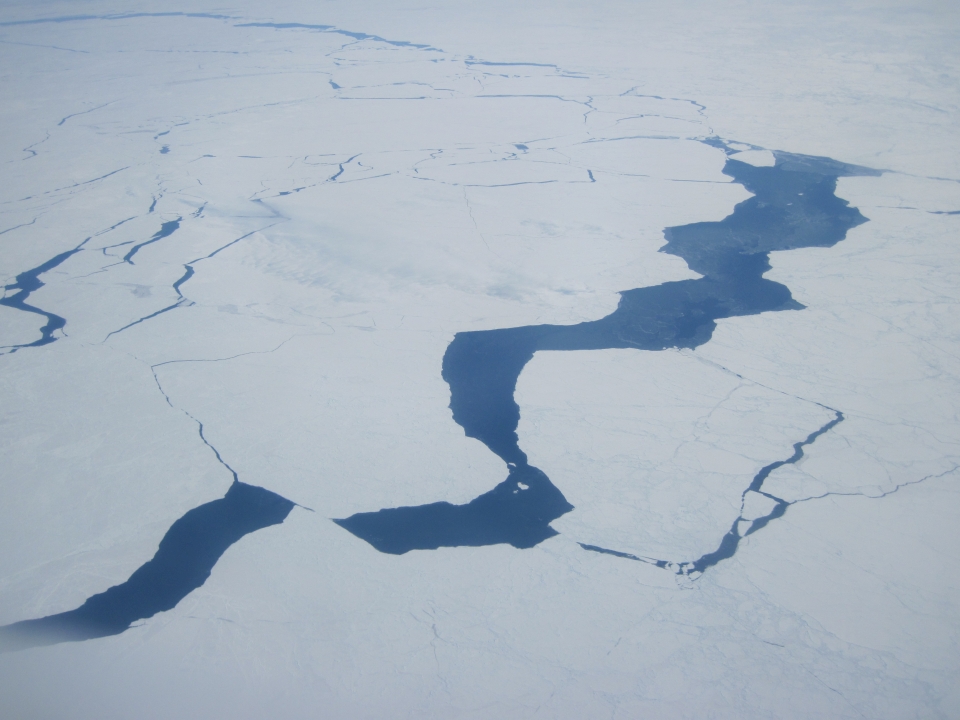
After about three hours of flying you could see sea ice covering the ocean. Do you know at what temperature sea water can freeze? Image: LEARNZ.
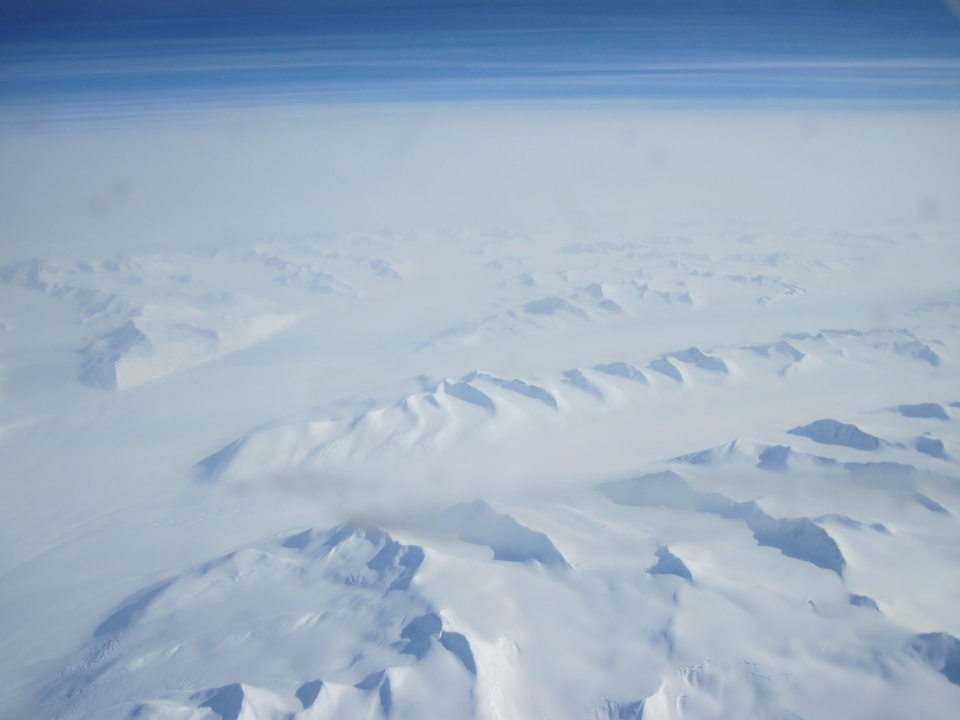
You crossed over the mountains of Victoria Land as you headed south towards Ross Island. Image: LEARNZ.
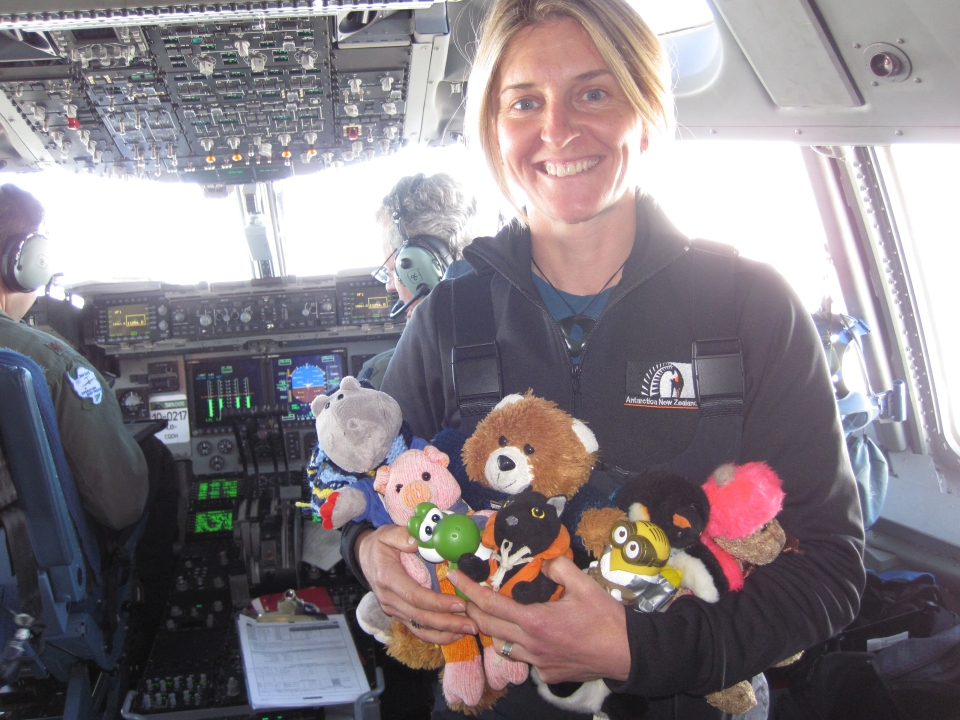
You were lucky enough to be invited into the cockpit of the C17 to meet the pilots and get a better view as you flew south. Image: LEARNZ.
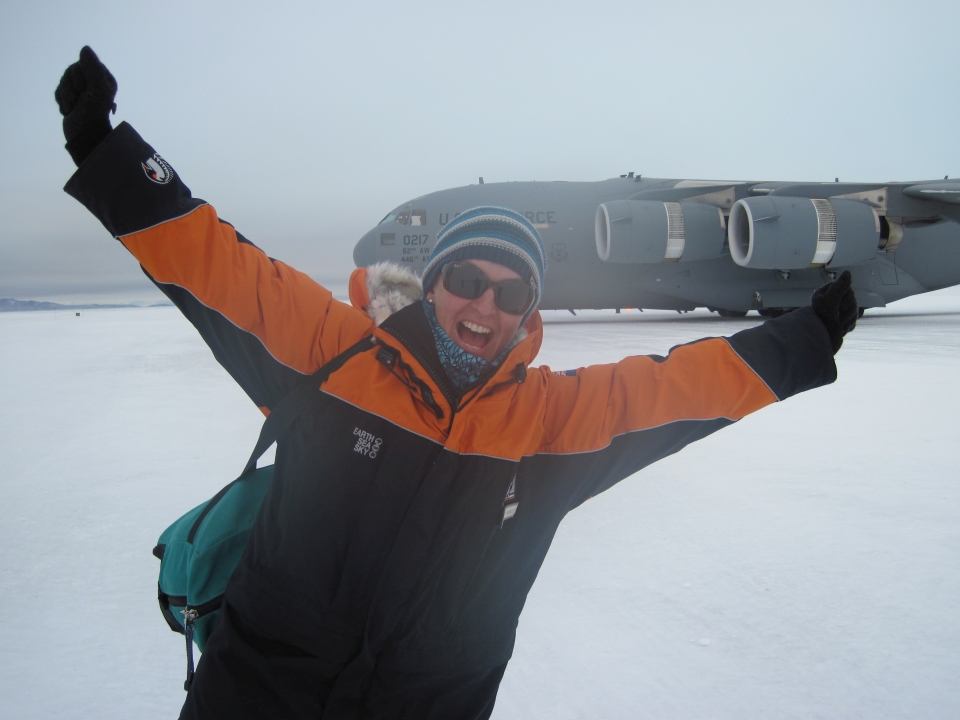
You landed at the Pegasus ice runway in McMurdo Sound and it was such an amazing feeling to finally arrive in Antarctica! Image: LEARNZ.
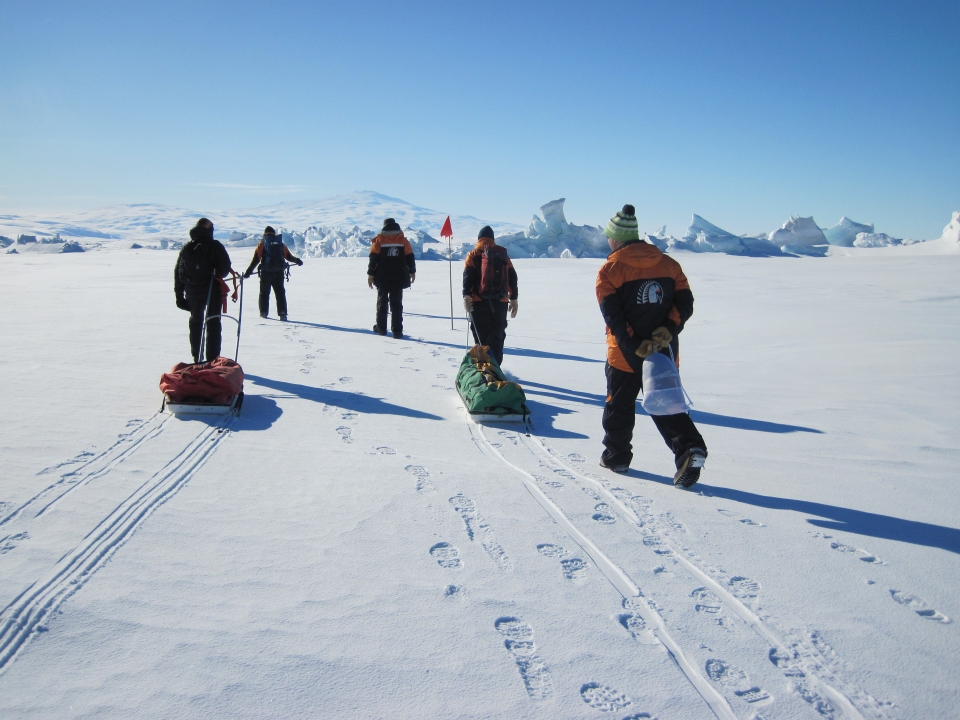
After settling in at Scott Base the following day you completed Antarctic field training and were able to walk through the pressure ridges outside Scott Base. Why do you think there are these ridges where the sea ice meets the land? Image: LEARNZ.
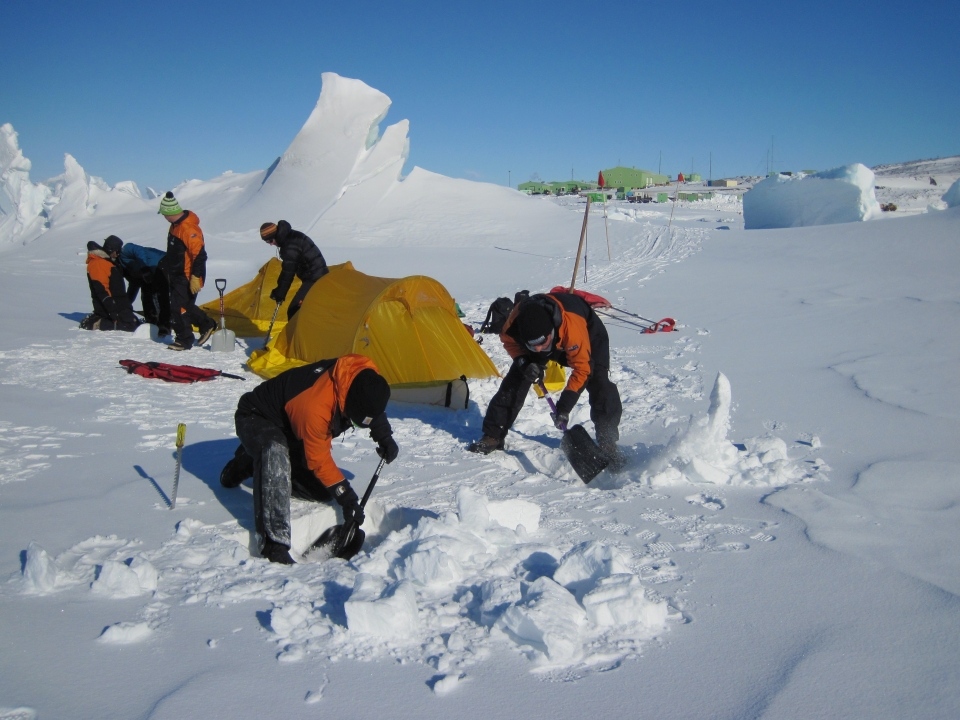
During your field training you learnt how to pitch a tent and anchor it to ice so you can take shelter if you are caught out in a storm. What else do you think you would need to know in order to stay safe while in Antarctica? Image: LEARNZ.